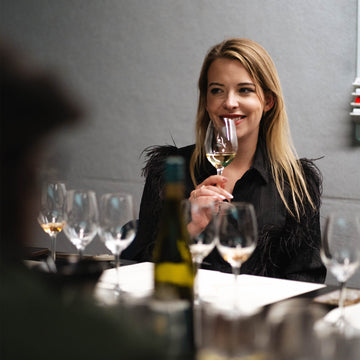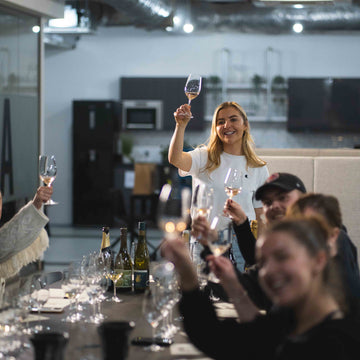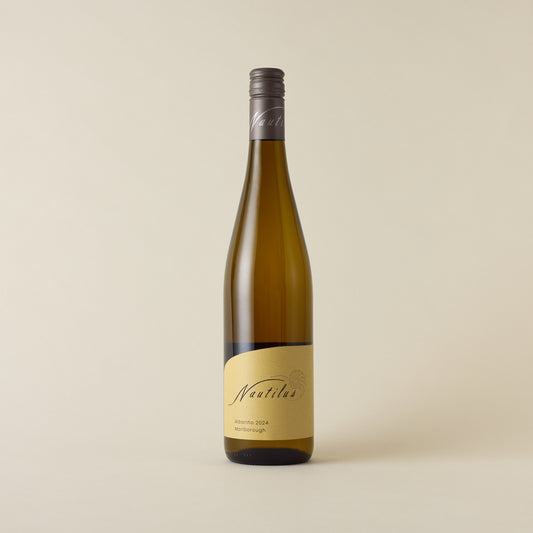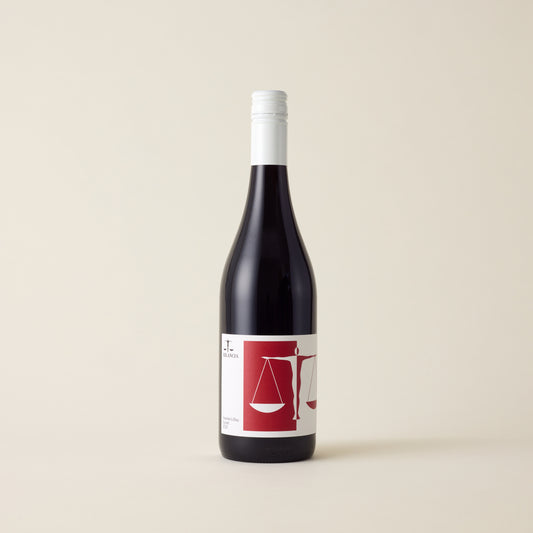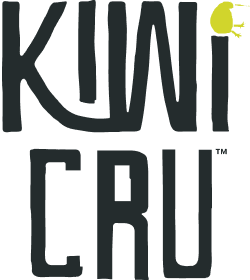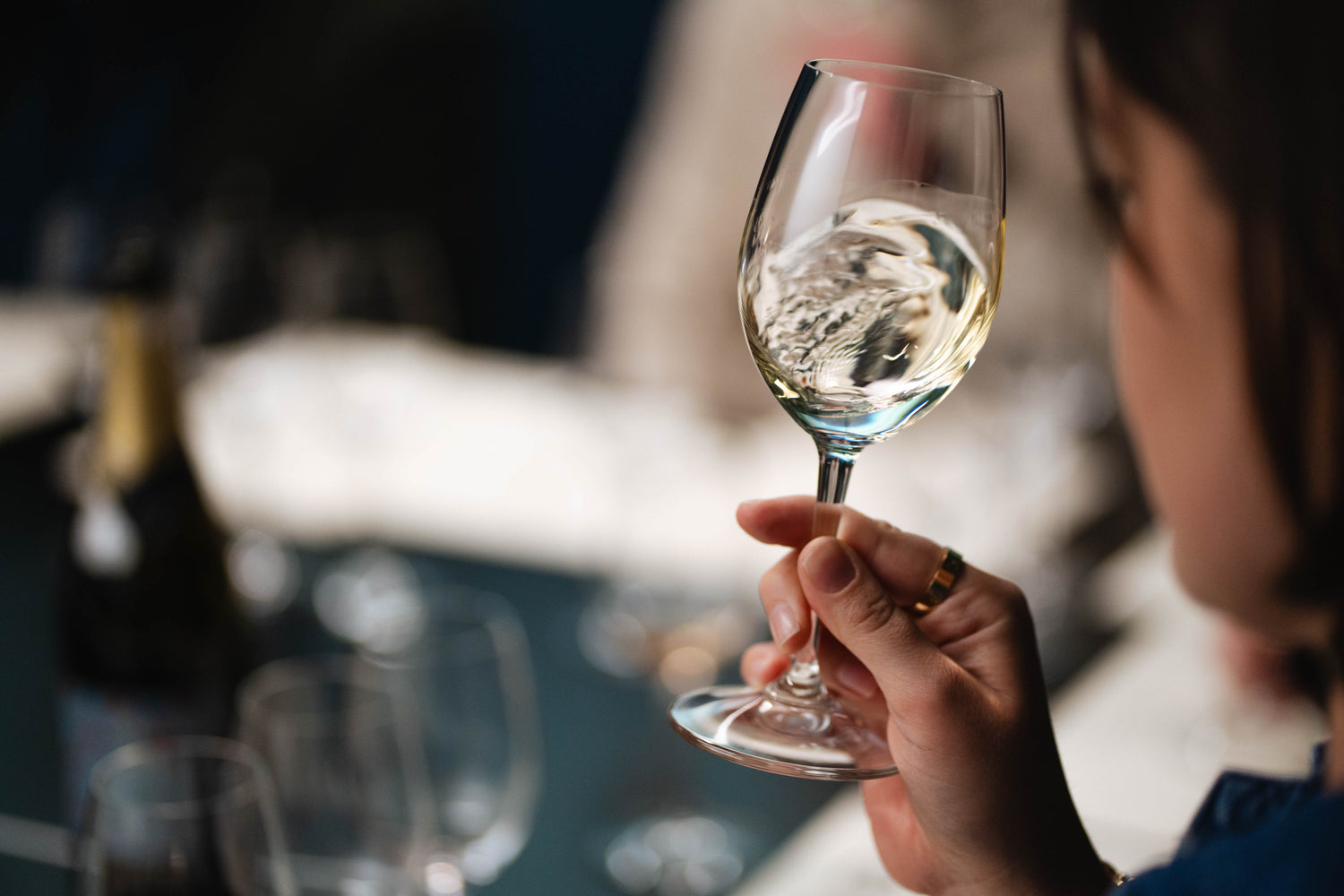

A Conversation We Need to Understand
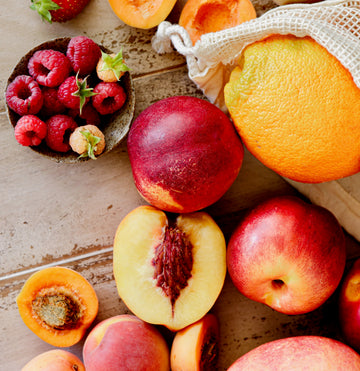
Flavour and Aroma Words
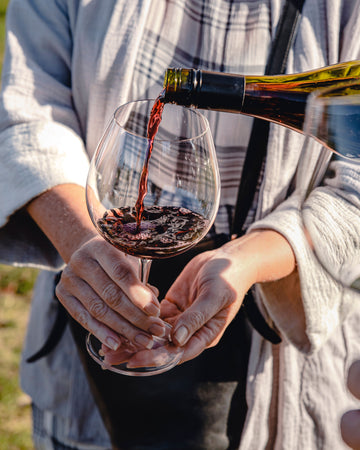
Texture and Structure
“A great wine is a conversation piece, so Demystify….be inclusive not exclusive” Nigel Greening, Felton Road
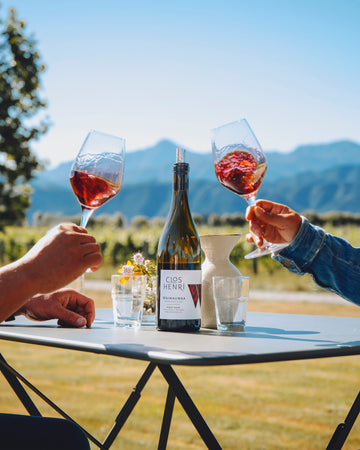
Style and Personality
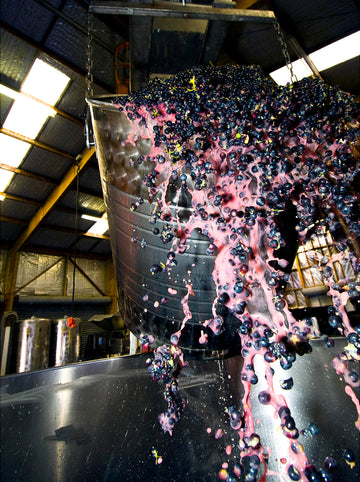
How it’s Made: from Vineyard to Barrel
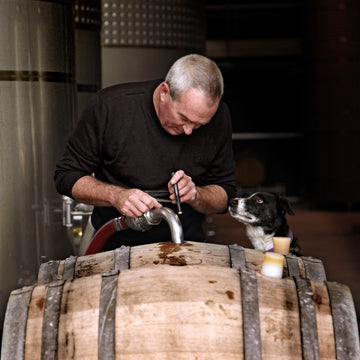
How it’s Made: from Barrel to Bottle
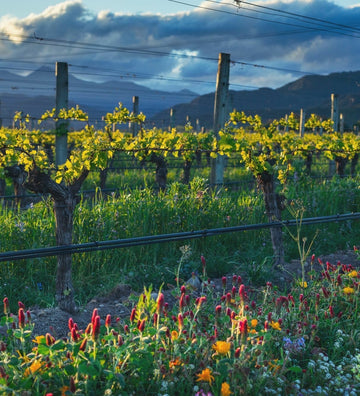
Philosophy and Purpose
Glossary in Action – Explore the Range
Isabel Estate Sauvignon Blanc 2024
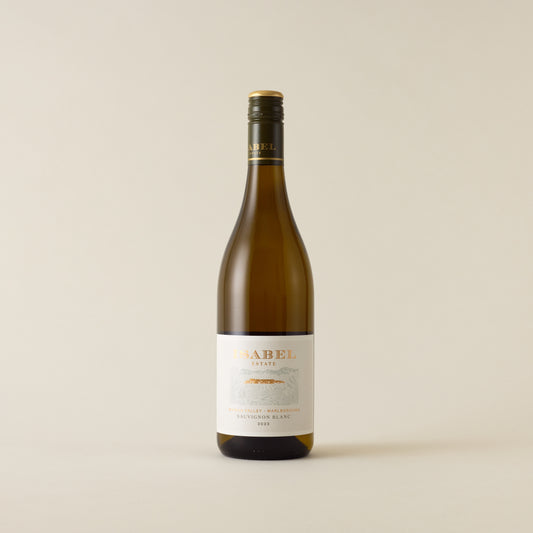






Isabel Estate Sauvignon Blanc 2024
Regular price
£15.40
Sale price
£15.40
Regular price
£20.50
Felton Road Bannockburn Pinot Noir 2023
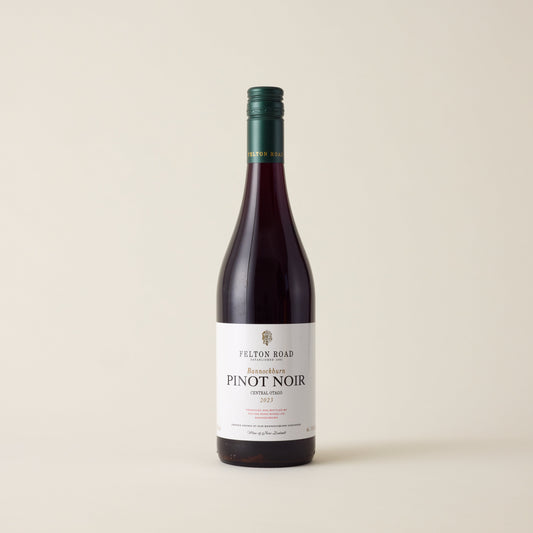







Felton Road Bannockburn Pinot Noir 2023
Regular price
£55.00
Sale price
£55.00
Regular price
Kumeu River Crémant Rosé
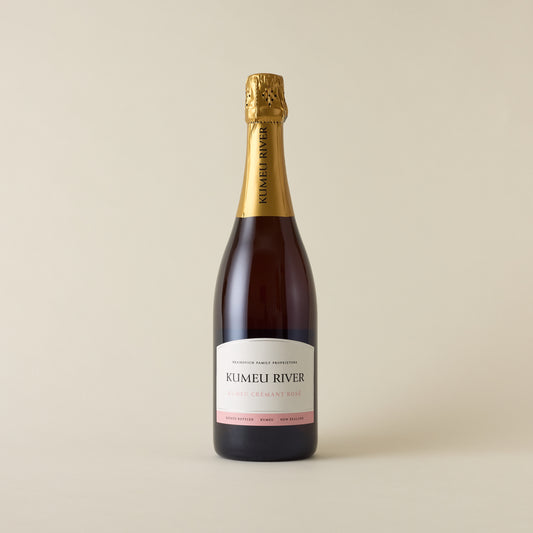



Popular


Kumeu River Crémant Rosé
Regular price
£32.00
Sale price
£32.00
Regular price
Churton Natural State Pinot Noir 2022
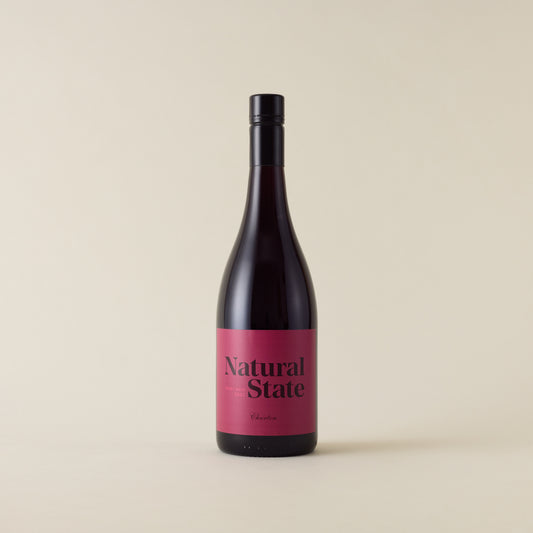



Churton Natural State Pinot Noir 2022
Regular price
£15.00
Sale price
£15.00
Regular price
£20.00
Clos Henri Estate Sauvignon Blanc 2023
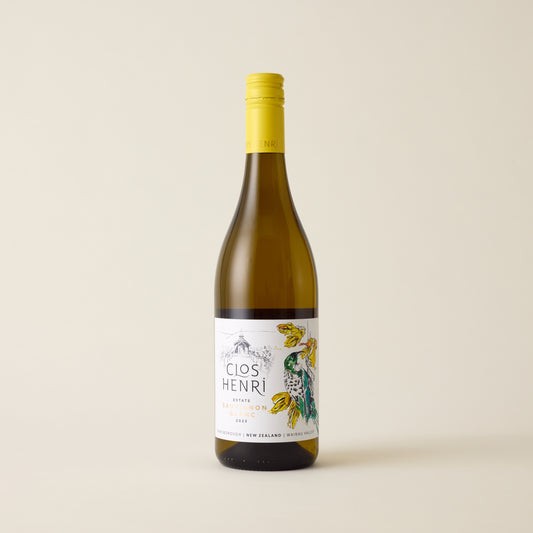

Clos Henri Estate Sauvignon Blanc 2023
Regular price
£15.75
Sale price
£15.75
Regular price
£21.00
Blank Canvas Tano Chardonnay 2023
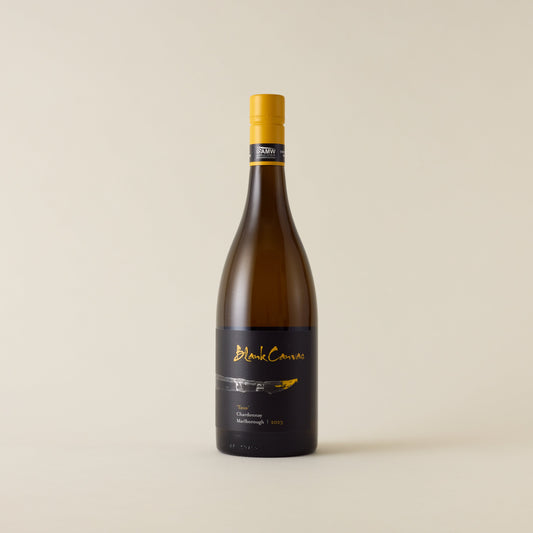







Blank Canvas Tano Chardonnay 2023
Regular price
£28.00
Sale price
£28.00
Regular price
